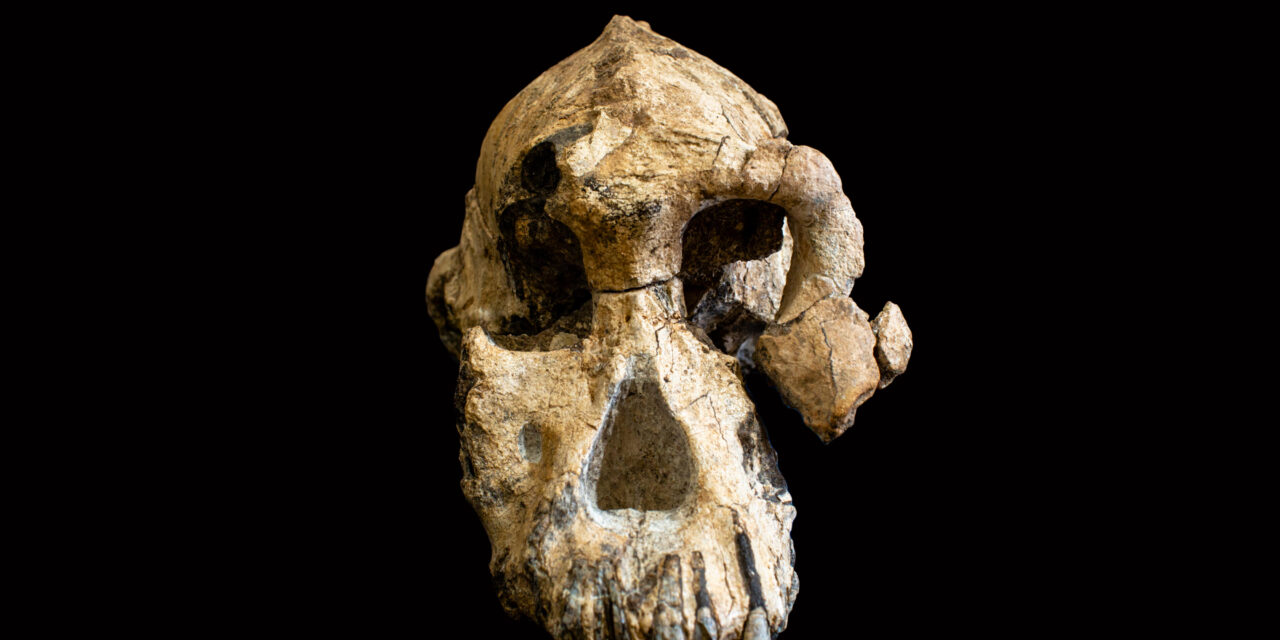Nature
Image: Dale Omori, courtesy of the Cleveland Museum of Natural History
An ancient face is shedding new light on our earliest ancestors. Archaeologists have discovered a 3.8-million-year-old hominin skull in Ethiopia — a rare and remarkably complete specimen that could change what we know about the origins of one of humanity’s most famous ancestors, Lucy.
The researchers who discovered the skull say it belongs to a species called Australopithecus anamensis, and it gives scientists their first good look at the face of this hominin. This species was thought to precede Lucy’s species,Australopithecus afarensis. But features of the latest find now suggest that A. anamensis shared the prehistoric Ethiopian landscape with Lucy’s species for at least 100,000 years, the researchers say. This hints that the early hominin evolutionary tree was more complicated than scientists had thought — but other researchers say the evidence isn’t yet conclusive. Read more on the Nature news website…








